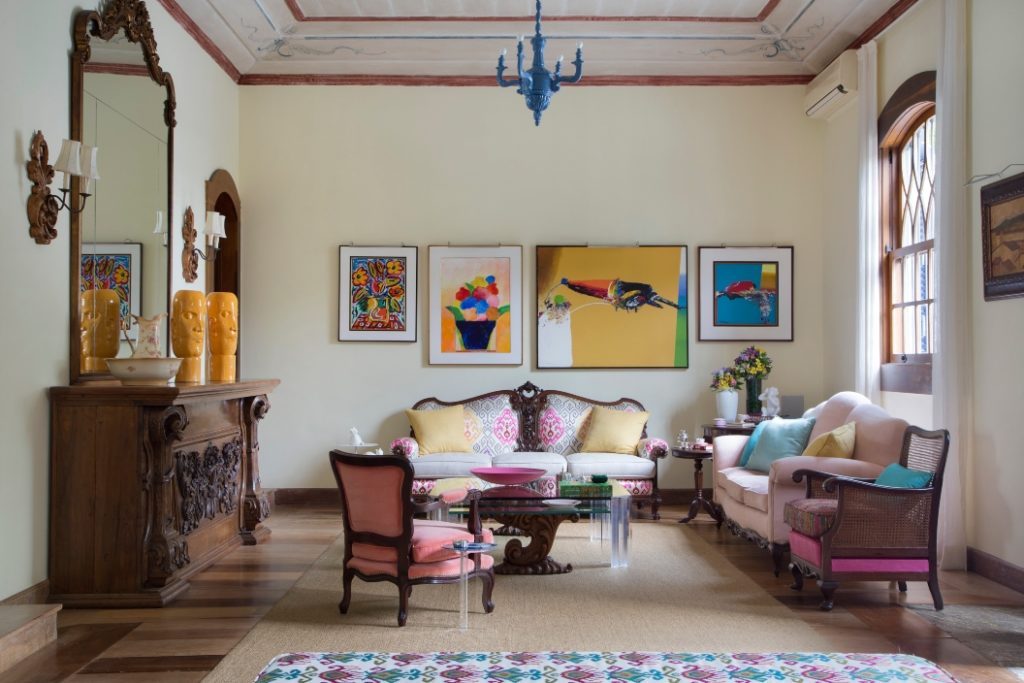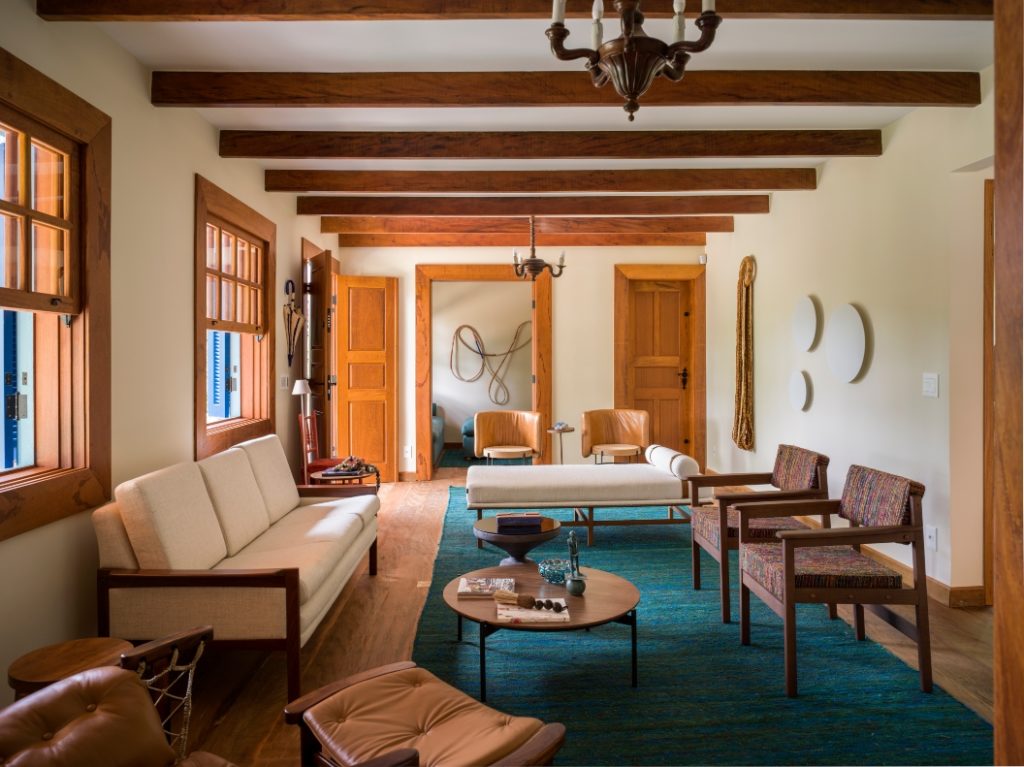Guta Louro explains the power of interior design.
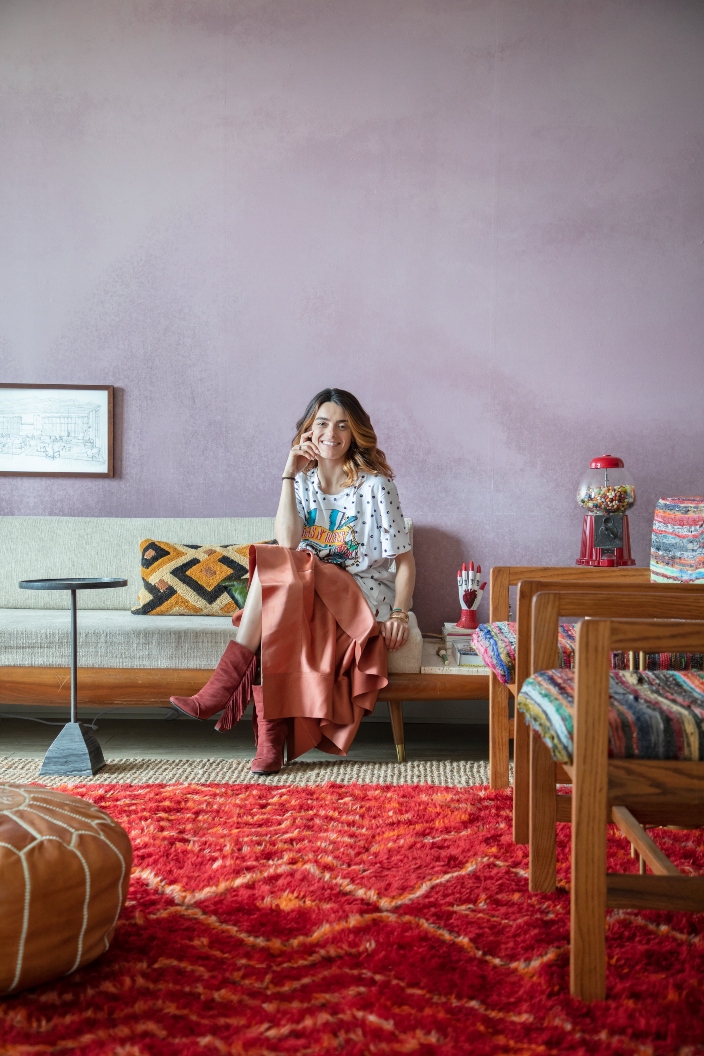
By Janaye Barabin
Brazilian architect and interior designer Guta Louro bases her work on the principle that interior design is not just ornamental, but essential to your sense of self. She aims to encourage her clients to learn and understand who they are, what they like and what is important to them.
But as a teenager in Brazil, Louro was following a completely different path. She was determined to become a fashion designer until one day her mother intervened. “[She] asked me why I had such a fixation with that career path and whether I would ever at least consider other options,” she says. “Stubborn 15-year-old-me was obviously dismissive (and probably offended) by her even suggesting that fashion was not my calling.”
Guto Louro’s Journey to the Interior
After that conversation with her mother, Louro shifted plans and began to explore architecture in high school. “The reality is that being in and around beautiful places also made me feel happy,” she says. “I’m incredibly grateful and fortunate that my mother pushed me to chase this career path, later offering to send me to spend a summer in France in an immersive architecture course.”
Originally, architecture was her sole interest; however, as she pursued her degree in Sao Paulo, Louro decided to get a certificate in interior design. She wanted to be able to take her clients through all aspects of the design process. “One thing that always caught my attention when designing buildings in school was that I felt I needed to understand the goals for the interior design, considering the furniture layout, the circulation and the usage of the space. Whenever I took the next step to include furniture in my designs, I ended up having to move a door, a window or an outlet,” she explains. “I realized I couldn’t bring the whole picture together if I didn’t understand how a client would use a space.”
Beyond Interior Design
When starting a new project, Louro believes it’s important to connect with her client, taking them through a more intimate interview process. “It’s more of a conversation,” she says. “It goes beyond ‘What colors do you like?’ or ‘What style do you like?’ It’s more about ‘What do you do? Where did you grow up? What books do you like to read?’ With that, you can really get a grasp of what’s important so you can start understanding what they need or don’t need.
“When people ask what I do, yes it’s interior design, but I say it’s about helping you find yourself,” she says. “We want and deserve to feel represented in our space, to invite people into our homes and let our items tell the story of who we are. And we should hold onto the objects that represent memories of fun travels and of loved ones. We should learn what colors make us feel good and add them to our lives. It is so important to feel represented, to love who we are, to tell the world and remind us of who we have become. Sometimes we want to do it without saying a single word.”
Guta Louro Designs
With this vision in mind, in 2014 she opened Guta Louro Designs in Brazil. She moved to New York in 2017, where she pursued her master’s in interior design. After graduating, she opened another studio in New York, where she partnered with Tonja Adair, principal at Splice Design. Their work involves creating holistic designs for their clients. In 2021, Louro became Splice’s director of interior design and has since branched out to Sao Paulo, Atlanta, New York and now Austin.
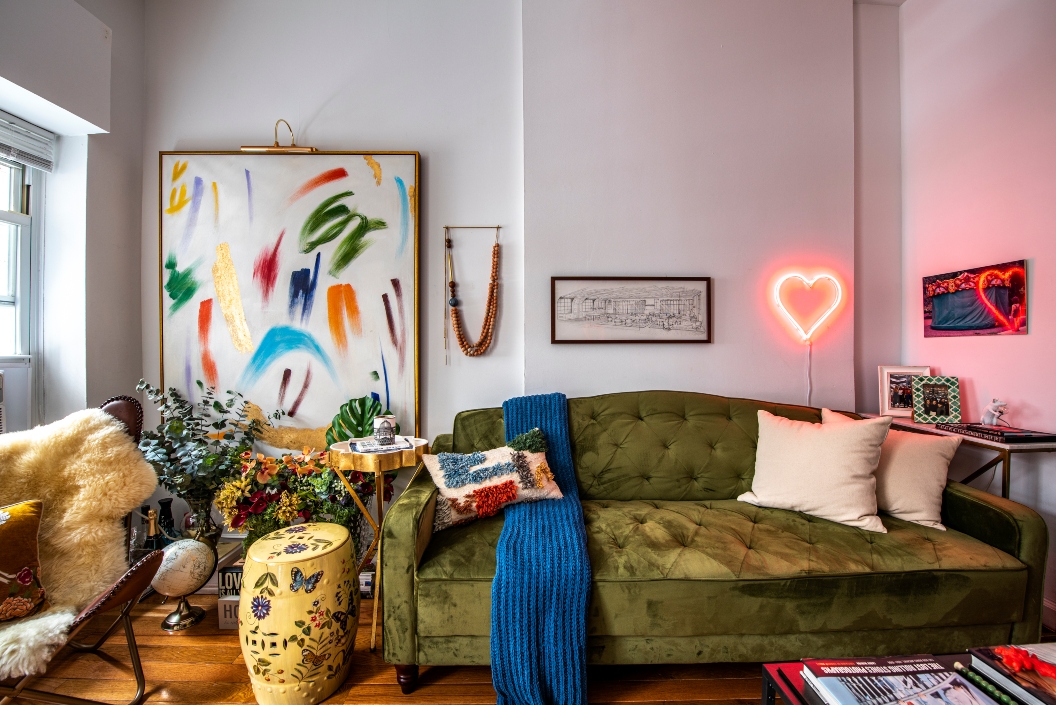
“I wanted to give interior design more purpose,” Louro says. “A big part of that was working on myself, understanding what made me feel good and why this was important to me. I had to look internally to find what I had to work on so that I could then help other people.”
Self-reflection
As she reflects on where she began, she remains grateful and optimistic about her journey.
“When I first started my company and studio, I was 24,” she says. “It’s not easy as a 24-year-old to go for the unsafe route and take a bet on this. I had people tell me I was too young, but I did it anyway. When things were going well, back home in Brazil, I decided to move to the United States all alone. After that I made my studio here; I joined forces with another studio, and then I applied for a visa.
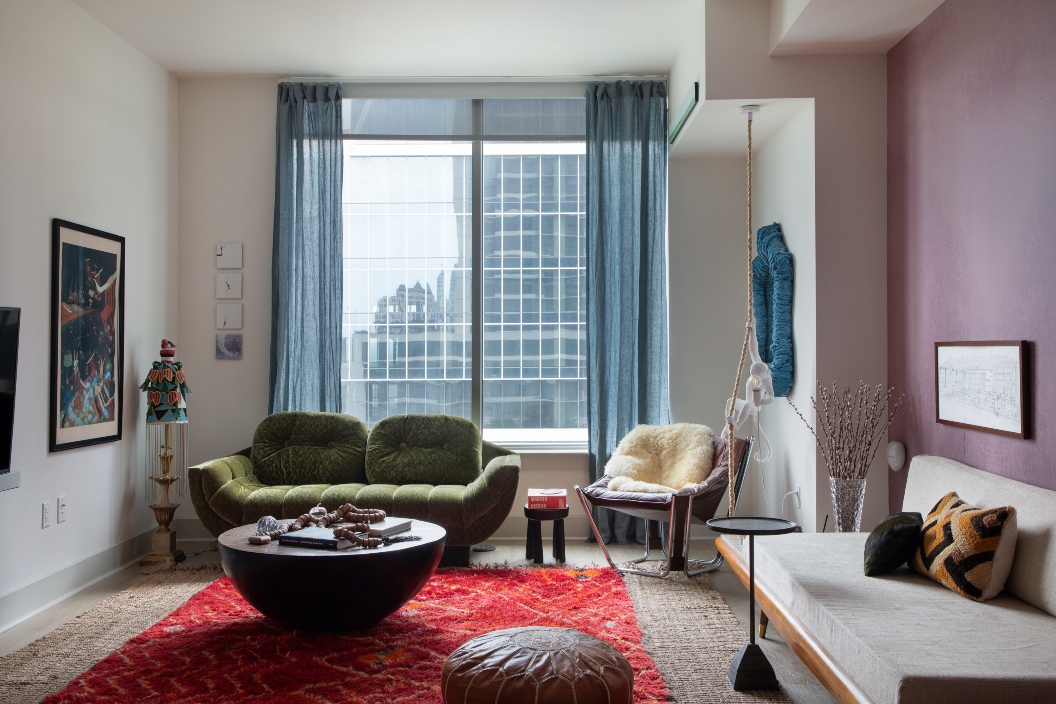
“All of this is not easy. There are so many times where you look at it like, ‘Why did I not just take the easy, more sensible route?’ But at the end of the day, it’s just more gratifying. When you get yourself out of that hole that you dig, you’re like, ‘Why am I thinking so negatively about this?’ As you [open]yourself up to the world, so many beautiful things start happening, and there’s this energy that starts flowing again.”



